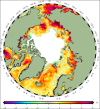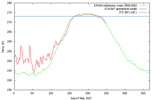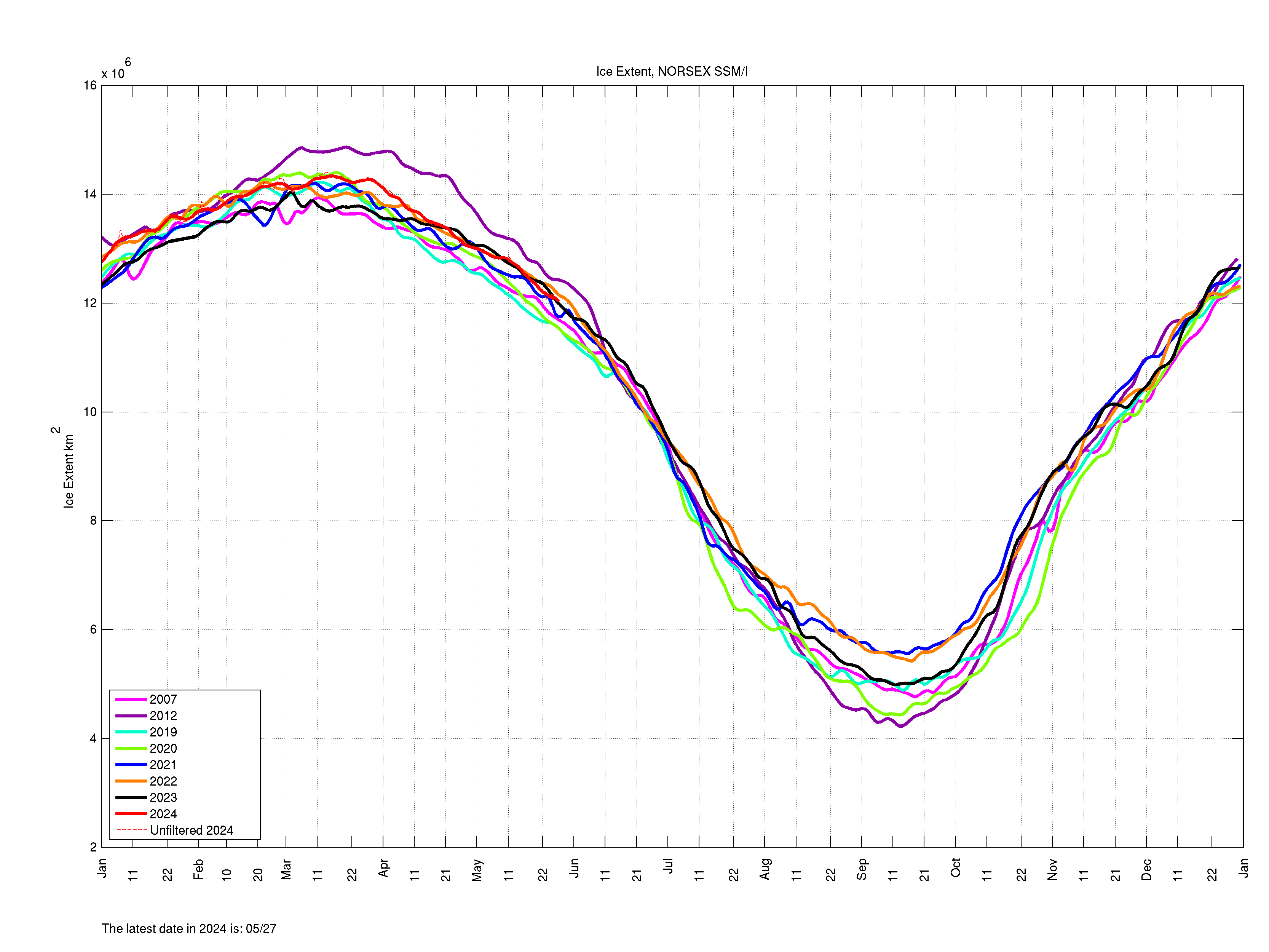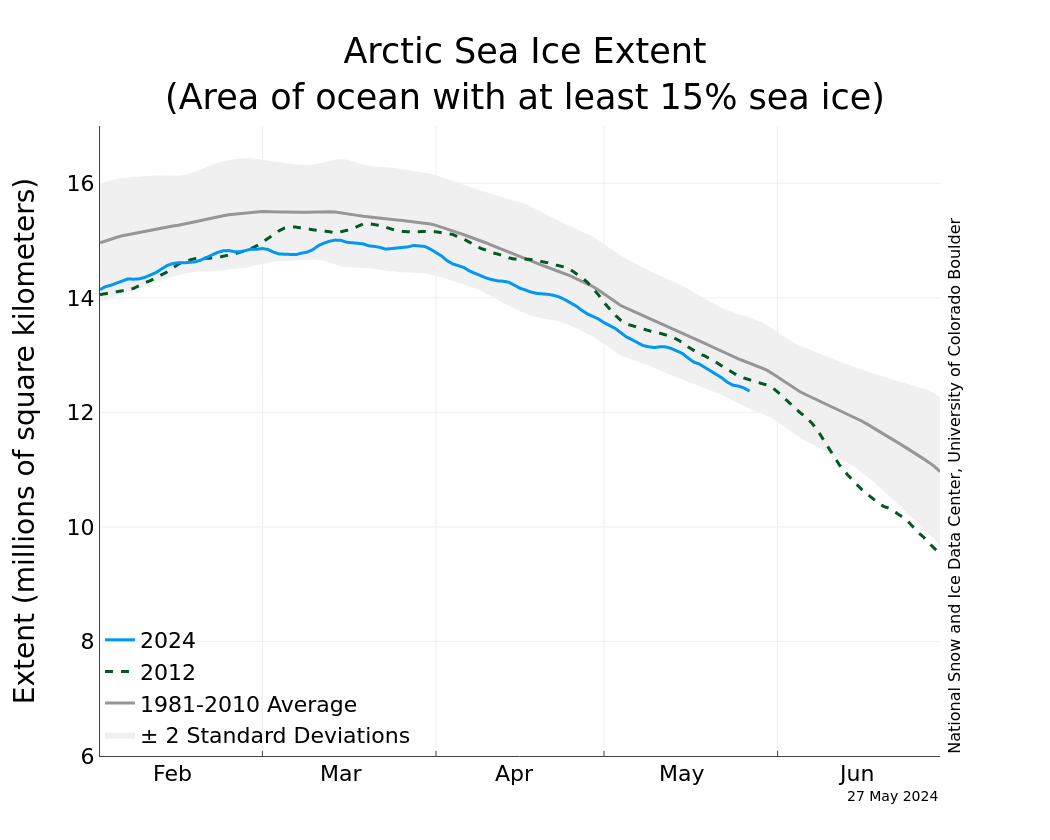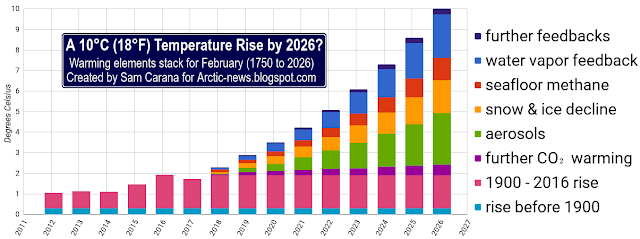Hurricane Size Comparison Sep 9, 2017
Snow, High Winds Seen Atop Mount Washington
Published on Sep 2, 2017
Snow Reports and Snow Forecasts for Switzerland.
Covering the period from Tuesday 12th September 2017.
https://www.j2ski.com/snow_forecast/Switzerland/
Summary for France:
https://www.j2ski.com/snow_forecast/France/
Summary for Italy:
https://www.j2ski.com/snow_forecast/Italy/
Spain Snow Report:
https://www.j2ski.com/snow_forecast/Spain/
Snow Forecast for La Mongie (Hautes-Pyrénées)
https://www.j2ski.com/snow_forecast/France/La_Mongie_snow.html
Austria Snow Report:
https://www.j2ski.com/snow_forecast/Austria/
Australian Snow Reports:
https://www.j2ski.com/snow_forecast/Australia/
More snow for the Alps Updated:
8.45am Monday 11 September 2017 -
https://www.weathertoski.co.uk/weather-snow/
We compare the sizes and power of hurricanes, tornadoes, typhoons & cyclones, from a tropical storm to a category 5 hurricane such as Hurricane Irma, Hurricane Andrew & Hurricane Katrina, and even go beyond what you'd expect!
Please take note: The size indicated here is the maximum diameter based on Meteorologist calculations (Sourced from National Hurricane Center, National Oceanic & Atmospheric Administration & NASA, or own mapping estimates based on images if no official figures are given. It is not entirely accurate, but it gives a good scale of the sizes of certain tropical storms.
Snow, High Winds Seen Atop Mount Washington
Published on Sep 2, 2017
Snow Reports and Snow Forecasts for Switzerland.
Covering the period from Tuesday 12th September 2017.
https://www.j2ski.com/snow_forecast/Switzerland/
Summary for France:
https://www.j2ski.com/snow_forecast/France/
Summary for Italy:
https://www.j2ski.com/snow_forecast/Italy/
Spain Snow Report:
https://www.j2ski.com/snow_forecast/Spain/
Snow Forecast for La Mongie (Hautes-Pyrénées)
https://www.j2ski.com/snow_forecast/France/La_Mongie_snow.html
Austria Snow Report:
https://www.j2ski.com/snow_forecast/Austria/
Australian Snow Reports:
https://www.j2ski.com/snow_forecast/Australia/
More snow for the Alps Updated:
8.45am Monday 11 September 2017 -
https://www.weathertoski.co.uk/weather-snow/
There was further snow across parts of the Alps this weekend, which is great news for the glaciers after an exceptionally warm summer.

